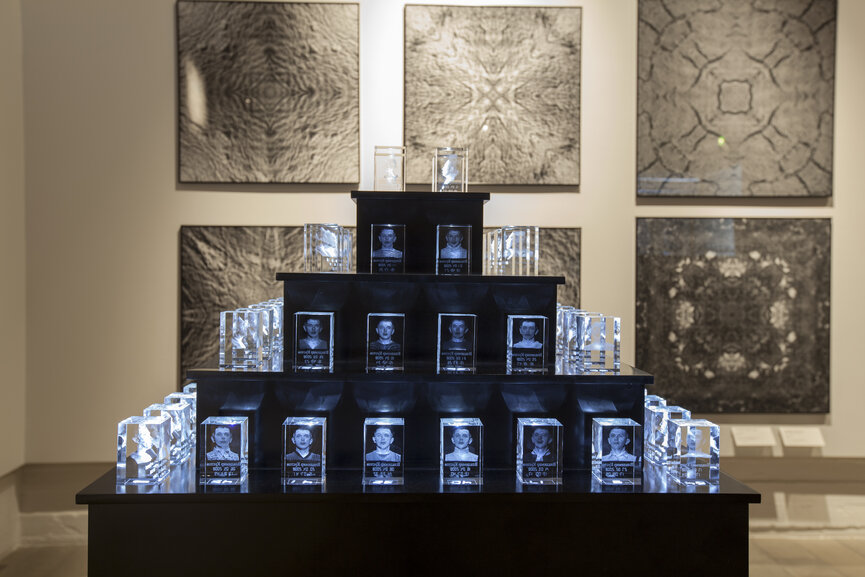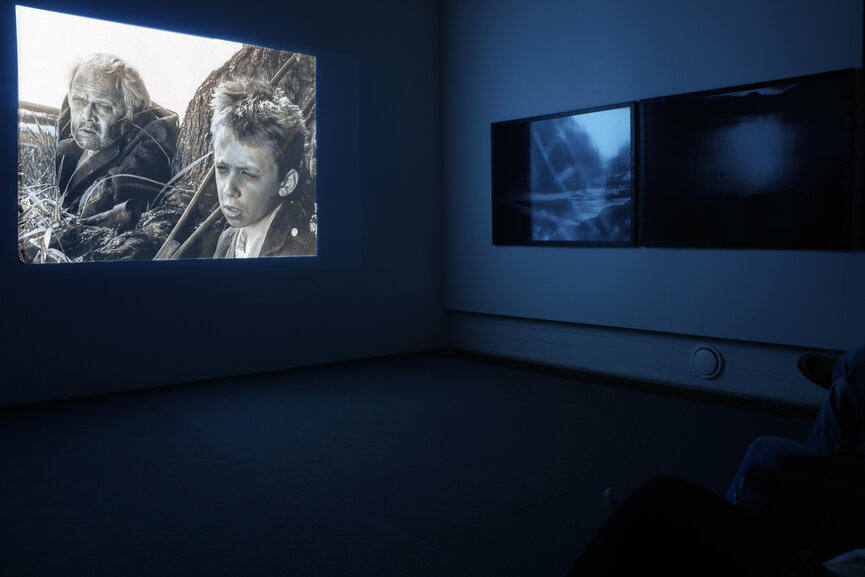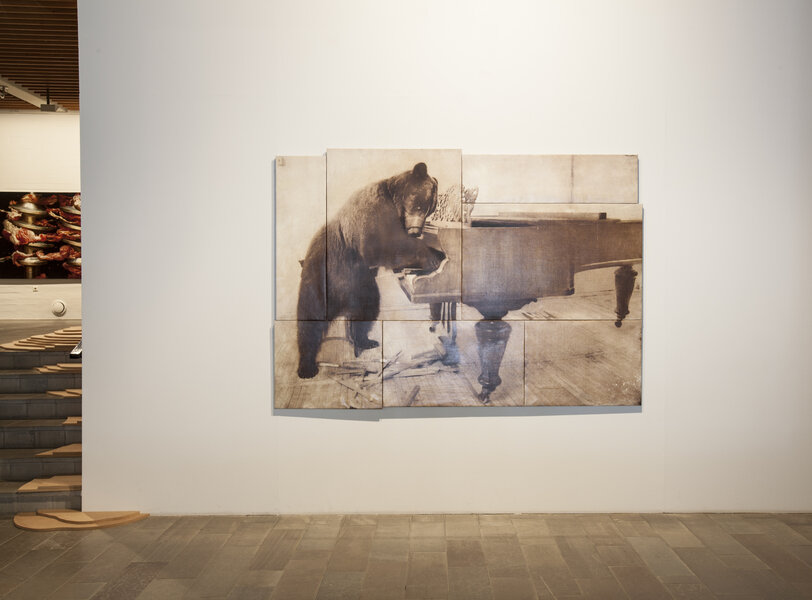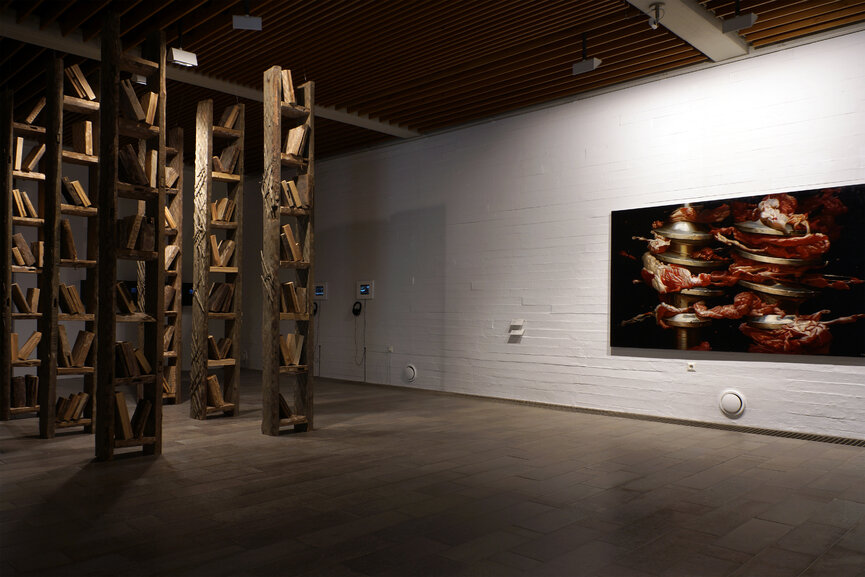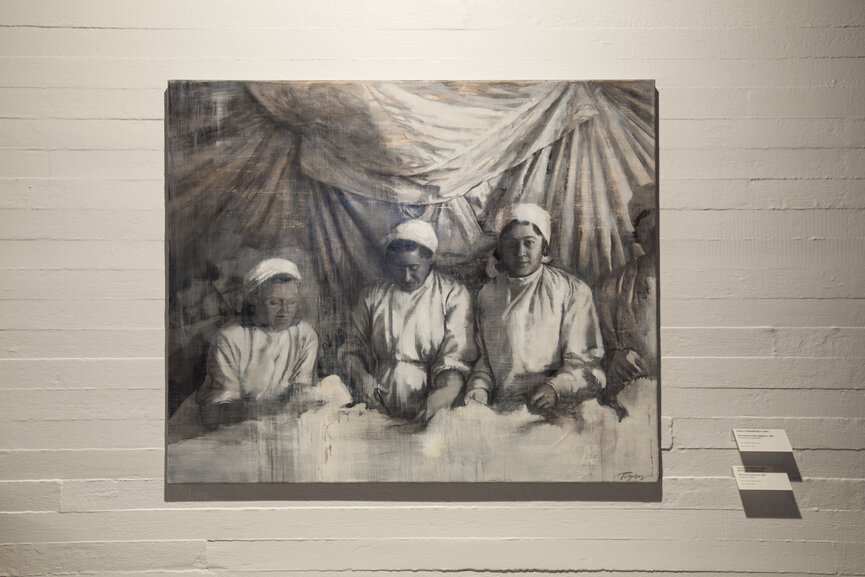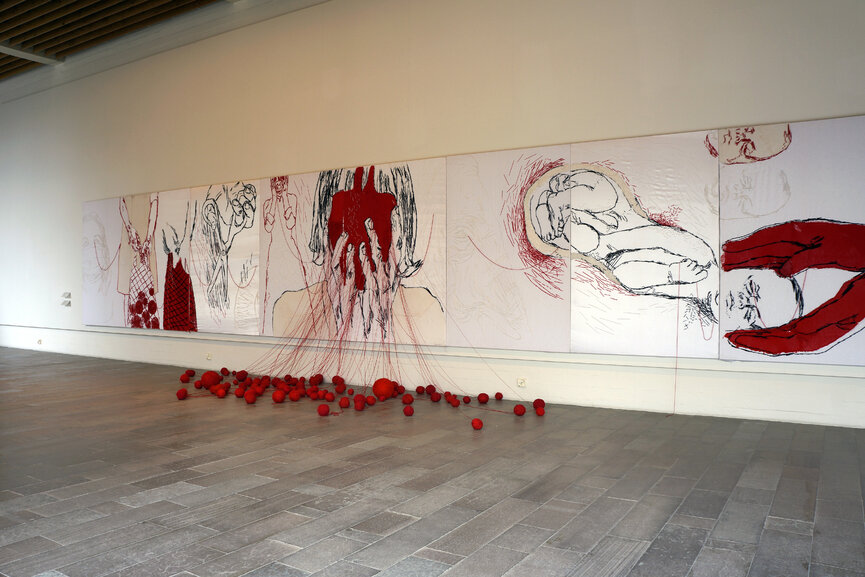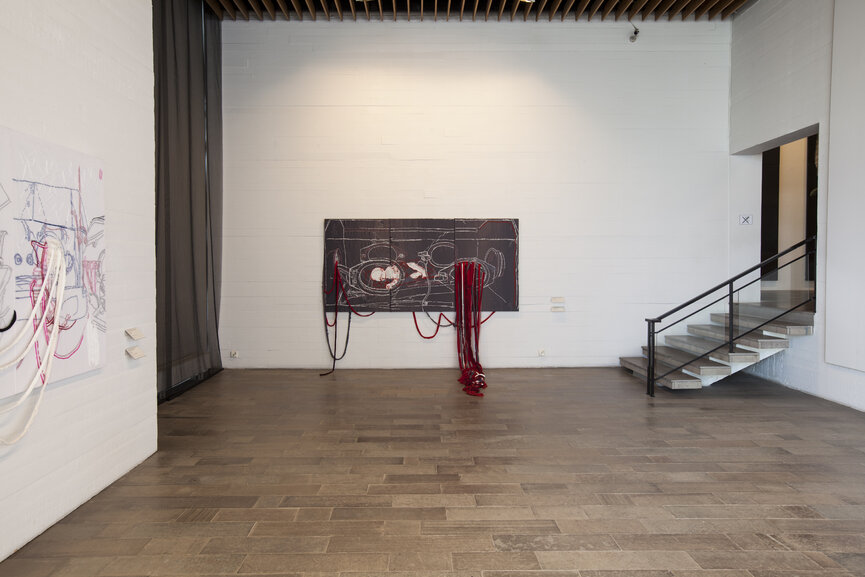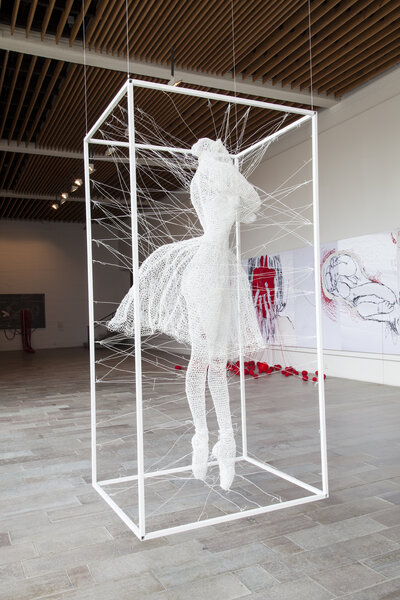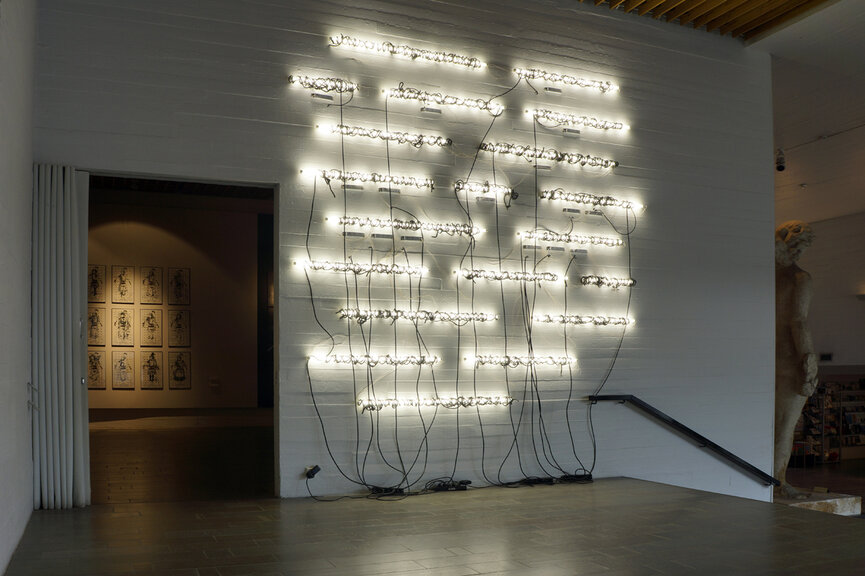Wäinö Aaltonen Museum of Art with support of Marina Gisich Gallery present the project “Crystallizations. Contemporary art from Saint Petersburg”.
The project presents the attempt to follow up the tendencies which exist today in artistic processes of St. Petersburg. Selection of art works includes famous lightboxes by Marina Alexeeva, installations by Peter Belyi and Vladimir Kustov, legendary movies by Evgeny Yufit and “Human project” by Kerim Ragimov, large-scale canvases by Dmitry Gretsky, structural geometry by Anna Zholud and Nadya Zubareva, protest painting by Igor Pestov and Vitaly Pushnitsky’s neoclassical researches, textile objects by Tanya Akhmetgalieva, bromoil works Gregory Maiofis, graphic expressionism by Kirill Chelushkin as well as symptomatic meditative painting by Anna and Aleksey Gan. The exhibition displays the pieces from collections of Cultural Foundation “Ekaterina” (Moscow), Vladimir Smirnov and Konstantin Sorokin Foundation (Moscow) and from large private collections.
Crystallization is known as the transition of a substance from one state to another, from liquid to solid, when certain conditions cause the formation of crystals. As a metaphor the title of the exhibition focuses thoughts on the crystallization of artistic processes that have taken shape over the last twenty years in the work of artists who mostly live and work in St. Petersburg.
St. Petersburg is an utopian city that arose in “nowhere”, in a marsh. We could say that crystallization was initiated by Peter I a little over 300 years ago, when a transition from a viscous natural state to a formalized cultural state took place. St. Petersburg is also the birthplace of the most famous artistic utopian projects of the 20th century, Kazimir Malevich’s Black Square and GINHUK (the State Institute of Artistic Culture) – the first Museum of Modern Art.
Contemporary art of St. Petersburg partially retains the experimental character it inherited from the 20th century. Artists are reconsidering the fate of the main myths – the myth of modernism and the myth of media. Many of the artists represented at the exhibition started their work during Perestroika, which led to radical changes in politics, economics, and aesthetics. The time of change has come to an end, and now it’s time to verify and define the current situation within art scene.
This exhibition is the first large-scale overview of Russian contemporary art in Finland for number of years and so offers unique opportunity for Finnish people to acquaintance with artistic developments in Russia.
Marina Gisich, project curator, owner of Marina Gisich Gallery (Saint Petersburg):
“The Baltic and Scandinavian regions historically have been interacting with each other quite closely and regularly in many spheres. I am pleased to set one more extremely important vector of our relationships on the layer of contemporary art. We are going to hold an active position in this direction”.
Susanna Hujala, curator of exhibitions at Wäinö Aaltonen Museum of Art:
“Although working for several years on the contemporary art scene this is the first prospect on this depth I’ve had on Russian contemporary art. This exhibition has been a thrilling project both for our museum and for me as a curator.”
Joanna Kurth, chief curator, Museum Centre of Turku:
“When starting this project we did not foresee that impending our exhibition opening, Russia would be topical for political reasons. We are now waiting to see, how will audiences here in Finland receive the exhibition and does the current political climate affect how art works are understood?
For us at Museum Centre of Turku this project has been rewarding experience. We believe that cultural exchange is important in all circumstances, and is bases for broadening our understanding of each others.”
Olli Immonen, Director of Turku Museums:
"Turku – the oldest town in Finland – was the centre of administration, education and the church during the centuries we were a part of the Swedish realm. Turku has always been Finland´s entry point with Europe, for goods and for ideas.
In the year 2011 Turku was the European Capital of Culture. Turku is the oldest twin city to the northernmost metropolis of the world, St. Petersburg Russia. In 2013 we celebrated the 60th anniversary of our very active relationship. This wonderful contemporary art exhibition is a great example of an ongoing and lively co-operation between the two cities".
*Wäinö Aaltonen museum of Art - WAM was opened for public 1967 and has since been a prominent art museum in Finland. Museum’s focus in on modern and contemporary art, both on national and international level.
WAM presents four to five large temporary exhibitions each year, and its exhibition history includes exhibitions such as David Hockney and Japan Today, as well as Marc Chagall and Pablo Picasso.
This exhibition is the first one to display contemporary Russian art.














